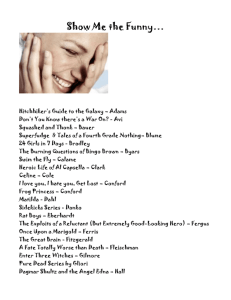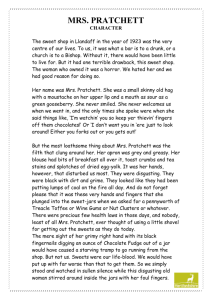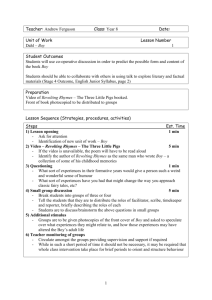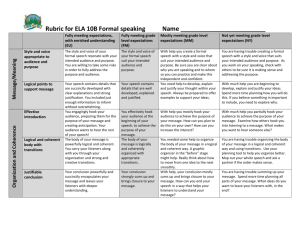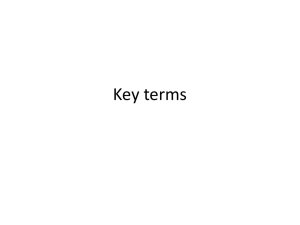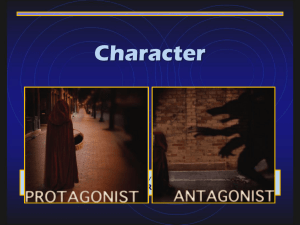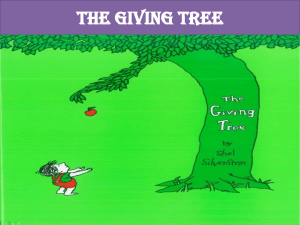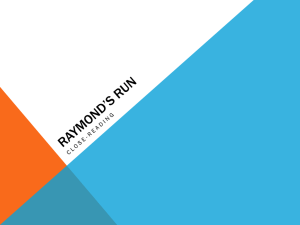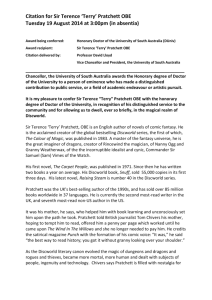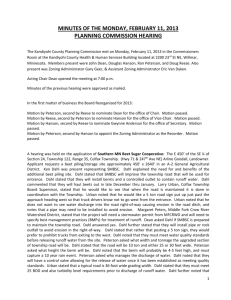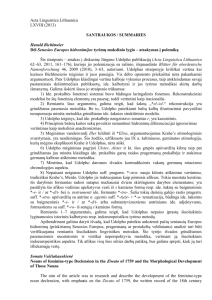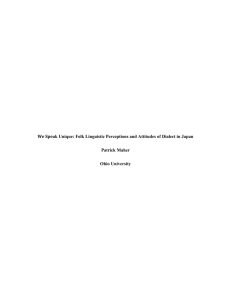Boy: Tales of Childhood - 7th Grade Literature with Mrs. Carson
advertisement
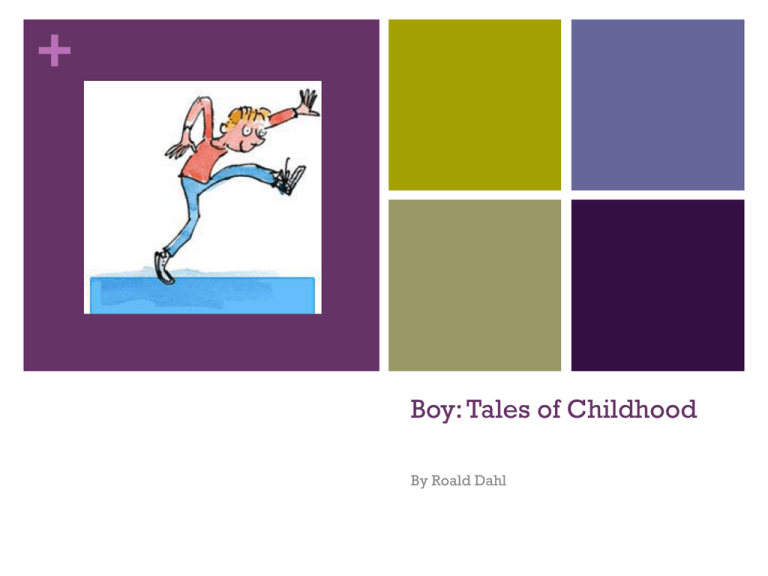
+ Boy: Tales of Childhood By Roald Dahl + Before Reading: Connect to Your Life Label the next available page in your LNb, “Boy: Tales of Childhood.” Complete the following journal prompt. Be sure to write at least 3-5 sentences, and be prepared to discuss. Pranks can take on many forms– funny or not so funny, harmless or harmful. They may also have unforeseen consequences. Describe a prank that you have played or that has been played on you. What were the consequences of the prank? How would you categorize it? Read the Build Background section on page 533 in your literature book. + Before Reading: Understand Vocabulary You can use antonyms to define unfamiliar words. His voice was reassuring, but there was something malignant in his eyes. The two italicized words are antonyms. Which one is more familiar to you? What does it mean? Based on this information, what does malignant mean? + Before Reading: Understand Vocabulary Define each of the underlined vocabulary words by using its italicized antonym. The simple plan became increasingly elaborate as time went by. Far from being attractive, the idea was loathsome. The flourishing candy shop stood next to an unsuccessful hat shop. The cake, instead of being served dry, was saturated with a delicious syrup. + First Reading: Understand Dialect One of the ways that an author makes a character come alive for the reader is by using dialect, a type of language spoken by people of a particular class or region. A dialect may differ from standard language in grammar, pronunciation, and vocabulary. As you read the excerpt from “Boy: Tales of Childhood,” pay attention to the dialect of Mrs. Pratchett– not only what she says, but how she says it. Complete the dialect ws as you complete your first silent reading of “Boy.” + Discussion Questions How does Dahl view the mouse plot as an adult? Of what does Mrs. Pratchett wrongly accuse the boys? Is Mrs. Pratchett’s dislike of the boys more justified or understandable than their dislike of her? Why or why not? What frightens Dahl most about the prank? What is the boys’ attitude toward Dahl when he has the idea for the prank? How does their attitude change when they find the shop closed? + Second Reading: Connecting A reader’s process of relating the content of a literary work to his or her own knowledge and experience is called connecting. This helps you understand what you read because you will be able to make sense and understand the material more easily. As you read, pay attention to the selections events and to the characters’ thoughts, feelings, actions, and emotions. Note these connections on the Connecting ws as you complete the second reading of the story. + Third Reading: Characterization Nonfiction writers use the same techniques to develop characters as fiction writers do. What are some methods of characterization? Description of character’s appearance Description of character’s words, actions, or thoughts Character’s self-description Other characters’ descriptions of a character Other characters’ thoughts about a character Other characters’ actions toward a character Direct description from the author The setting in which the character is found + Third Reading: Characterization How does the narrator of “Boy” describe the character on the bicycle? He is twelve years old. He is skilled at bicycle riding. He is brave and graceful. He wears long trousers and a scarlet school cap. Complete the Characterization ws while you read the story for the third time.
